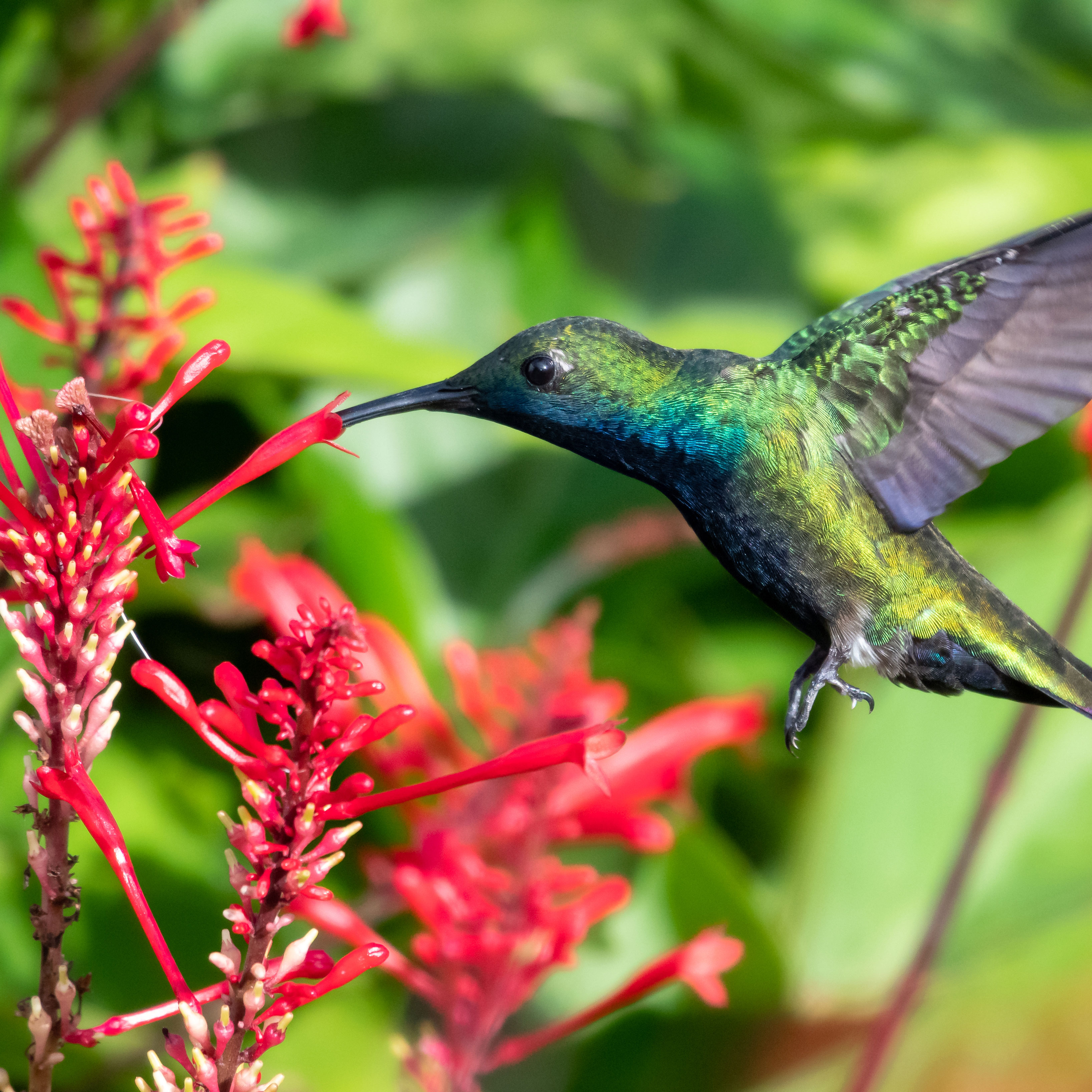Schisandra Information – How To Grow Schisandra Magnolia Vines


Schisandra, sometimes also called Schizandra and Magnolia Vine, is a hardy perennial that produces fragrant flowers and tasty, health promoting berries. Native to Asia and North America, it will grow in most cool, temperate climates. Keep reading to learn more about magnolia vine care and how to grow Schisandra.
Schisandra Information
Schisandra magnolia vines (Schisandra chinensis) are very cold hardy, growing best in USDA zones 4 through 7. As long as they go dormant in the fall, they can tolerate very low temperatures and actually need the cold in order to set fruit. The plants are vigorous climbers and can reach 30 feet (9 m.) in length. Their leaves are fragrant, and in the spring, they produce even more fragrant flowers. The plants are dioecious, which means you’ll need to plant both a male and a female plant in order to get fruit. In midsummer, their berries ripen to deep red. The berries have a sweet and slightly acidic flavor and are excellent eaten raw or cooked. Schisandra is sometimes called the five-flavor fruit because its berries’ shells are sweet, their meat sour, their seeds bitter and tart, and their extract salty.
Schisandra Magnolia Vine Care
Growing Schisandra plants is not hard. They need to be protected from the brightest sun, but they will thrive in everything from part sun to deep shade. They are not very drought tolerant and need plenty of water in well-draining soil. It’s a good idea to put down a layer of mulch to encourage water retention. Schisandra magnolia vines prefer acidic soil, so it’s a good idea to mulch with pine needles and oak leaves – these are very acidic and will lower the pH of the soil as they break down.
Gardening tips, videos, info and more delivered right to your inbox!
Sign up for the Gardening Know How newsletter today and receive a free copy of our e-book "How to Grow Delicious Tomatoes".

The only child of a horticulturist and an English teacher, Liz Baessler was destined to become a gardening editor. She has been with Gardening Know how since 2015, and a Senior Editor since 2020. She holds a BA in English from Brandeis University and an MA in English from the University of Geneva, Switzerland. After years of gardening in containers and community garden plots, she finally has a backyard of her own, which she is systematically filling with vegetables and flowers.
-
 Terrifically Tubular Flowers For Hummingbirds: 9 Tube-Flowered Plants To Attract Hummers
Terrifically Tubular Flowers For Hummingbirds: 9 Tube-Flowered Plants To Attract HummersGrowing tubular flowers for hummingbirds helps you create the optimum feeding conditions for your winged friends. Here are nine tubed delights for hummers
By Tonya Barnett
-
 How To Grow Hydroponic Tomatoes For Fresh Indoor Harvests – No Soil Required
How To Grow Hydroponic Tomatoes For Fresh Indoor Harvests – No Soil RequiredLearning how to grow tomatoes in water is easy and allows you to harvest fresh-home-grown produce in every season without any mess.
By Ellen Wells